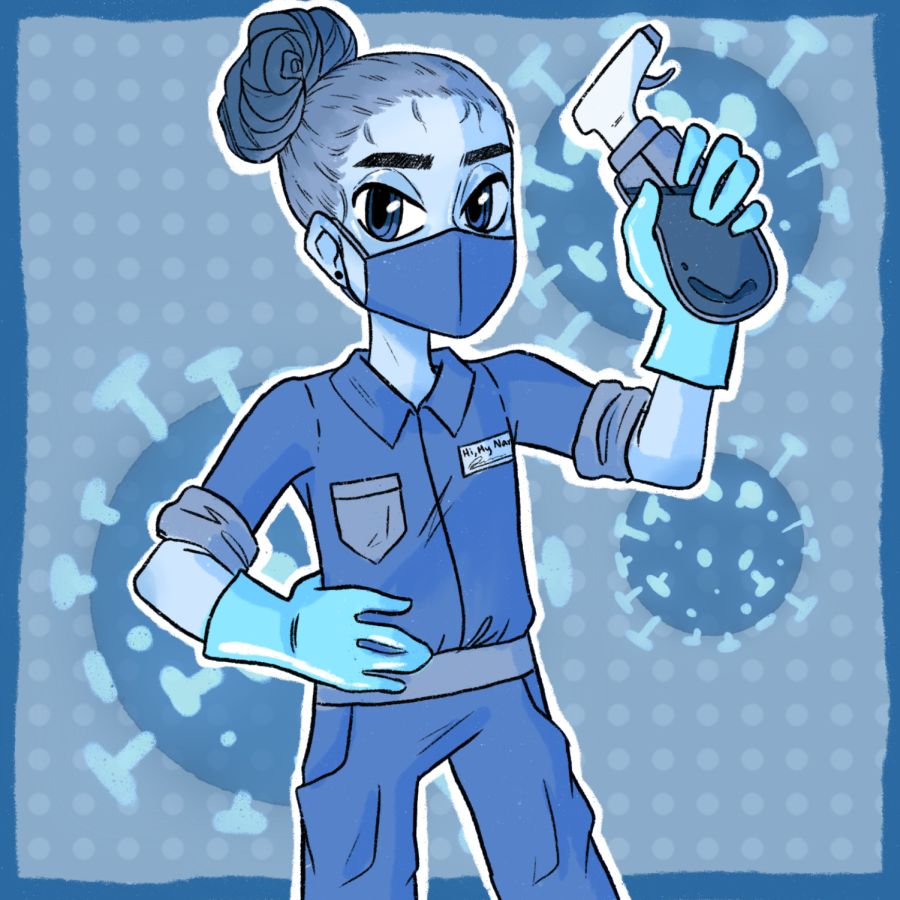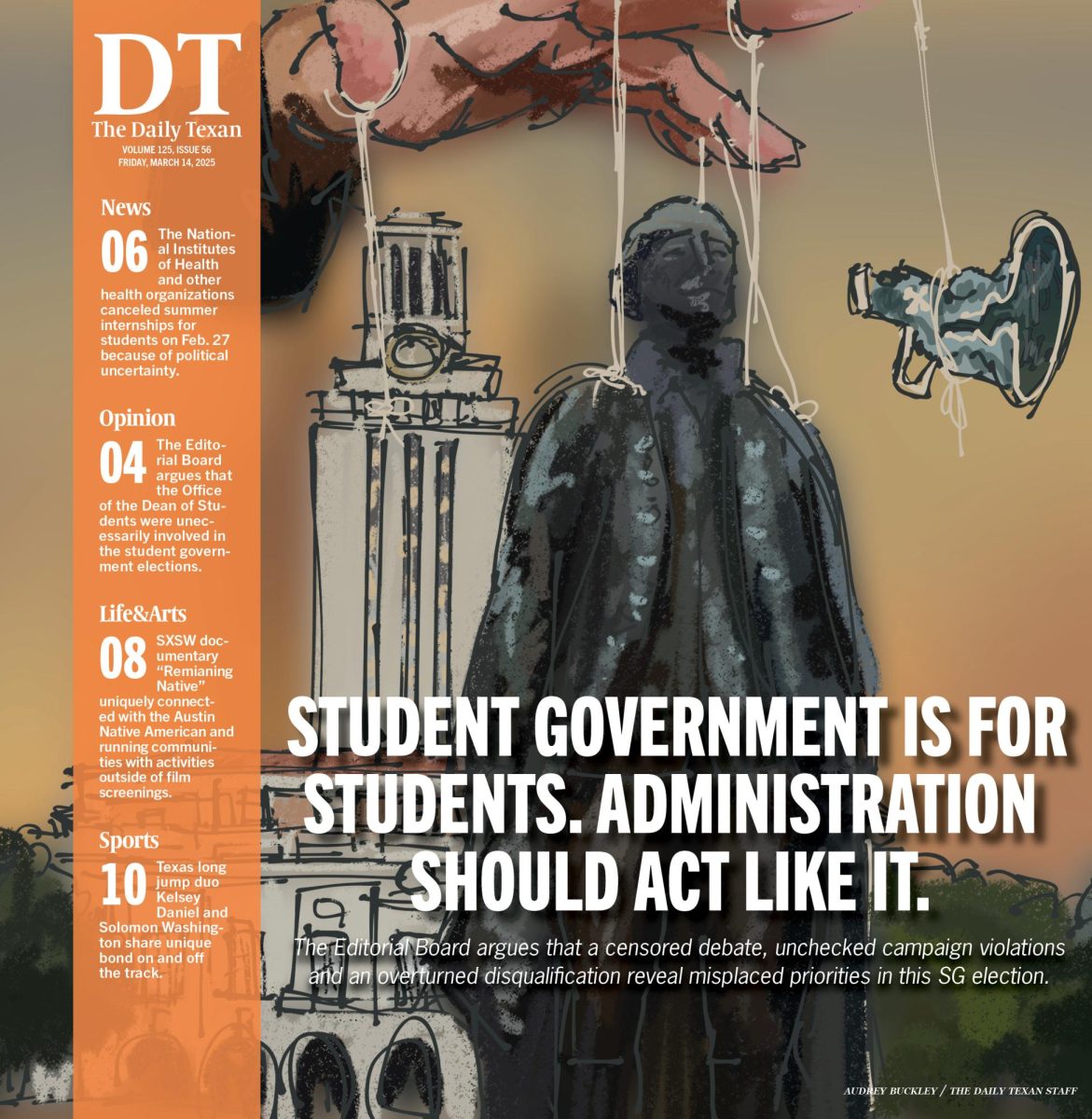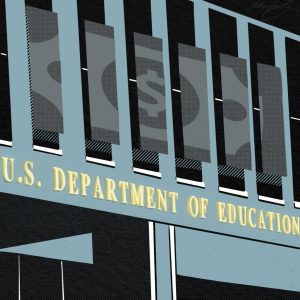Essential workers and low-income individuals face higher COVID-19 risks during lockdowns, UT-Austin researchers find
April 6, 2022
Essential workers, residents in low-income neighborhoods and those that live in densely populated areas face disproportionately higher risks of contracting COVID-19 during lockdown periods, according to a UT study published in January. Despite Austin recently lifting emergency COVID-19 orders and mask mandates, the threat of the virus has not been eliminated, according to lead study author Vivek Shastry.
Often, individuals in these categories are not able to work from home and must travel farther distances for jobs and services, making it difficult to socially distance and comply with shelter-in-place orders, said Shastry, a graduate research assistant in the Lyndon B. Johnson School of Public Affairs. When a shelter-in-place order is implemented, the longevity of the policy and the population’s level of compliance all factor into the effectiveness of lockdown orders, Shastry said.
“(Essential workers) have to work in high interaction environments, for example, in grocery stores or transit operations, and render service to other individuals who may actually be flouting these orders and indulging in risky behaviors in their social environment,” Shastry said. “This puts the essential workers at a higher risk, which then translates to higher infections and then higher hospitalizations amongst this population.”
The study’s model found that even in the most well-timed shelter-in-place orders, close to 45% of hospitalizations were composed of lower-income groups, even though they compose only 22% of the population, Shastry said.
The combination of essential workers’ inability to engage in appropriate precautions and individuals who do not practice voluntary precautions could once again put vulnerable populations at a higher risk of infection and hospitalization from potential future variants, Shastry said.
“It’s really important for public health officials to continuously identify communities who may be at higher risk and provide them with targeted support ahead of anticipated spike in infections,” Shastry said.
Recent research based on economic and social demographics has found that the populations of Eastern zip codes in Travis County are more vulnerable to COVID-19, while Western zip codes have lower vulnerability populations, said José Luis Herrera Diestra, a research associate at the UT-Austin COVID-19 modeling consortium.
“We saw that there was actually an inverse relationship between social vulnerability index and vaccine distribution, meaning that the more vulnerable you were in the city of Austin, the less vaccines you have access to,” Herrera Diestra said. “It’s important … to understand (where) actually those places for vaccinations and testing could be placed in those more vulnerable regions.”
Data on vulnerable communities is key to identifying and assessing their disparities, said Ankit Sanghavi, executive director of the Texas Health Institute, an independent non-partisan public health advocacy group.
“For many families that we’re talking about, it’s not about vaccine hesitancy. It’s about your inability to get time off from their workplace, or … having the means of transportation to get to the nearest center to get their vaccination or treatment,” Sanghavi said. “There is also economic hardship that we can’t ignore, (and we) and have to recognize that for them to be healthier, we may have to look at addressing the broader social determinants of health or the environment that these communities or individuals may be dealing with or living through.”
Sanghavi said solutions to protecting vulnerable communities need to be contextualized in the reality of each community.“It is concerning … that we are withdrawing from efforts that invest in community-based organizations, solutions or interventions that have been in favor (of) vaccinations,” Sanghavi said. “We need to make sure that we’re not taking steps back. Otherwise, we’re just going to undo good progress.”












